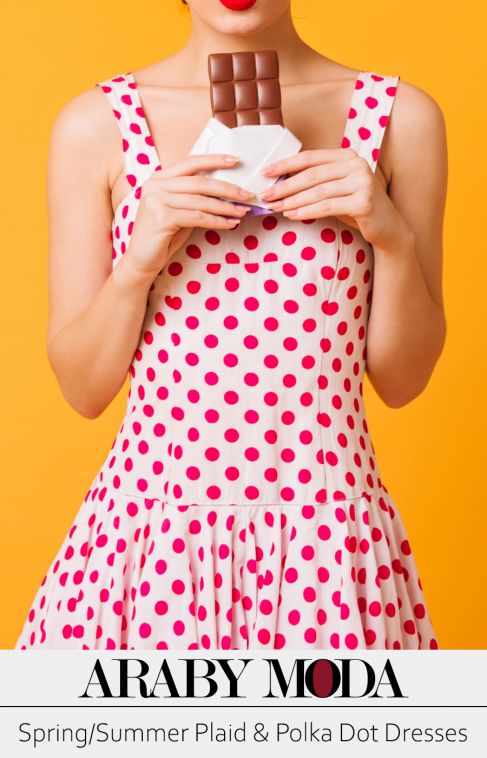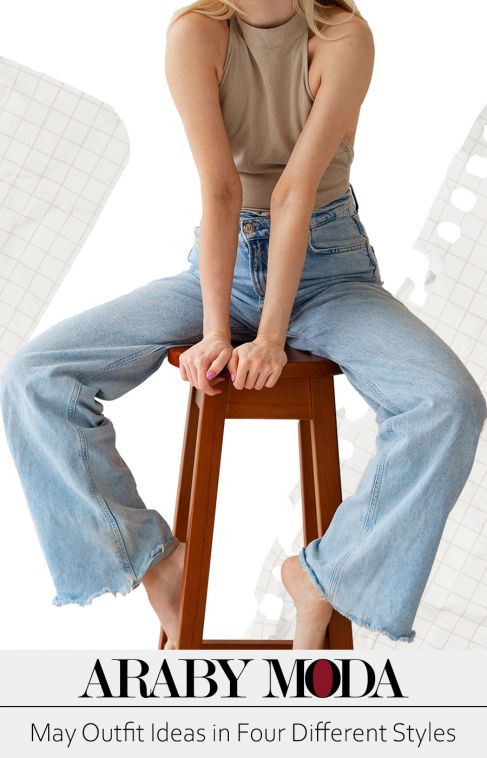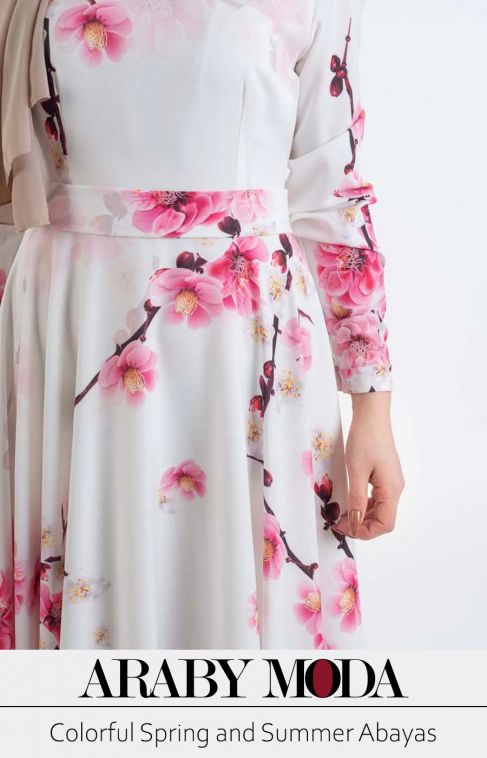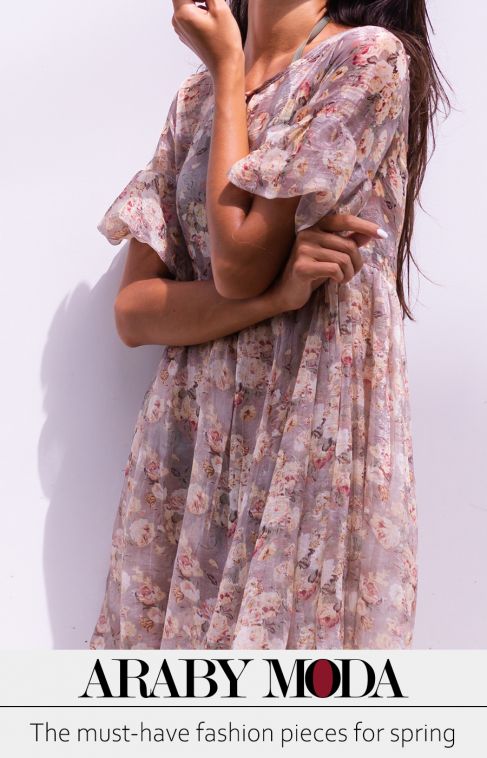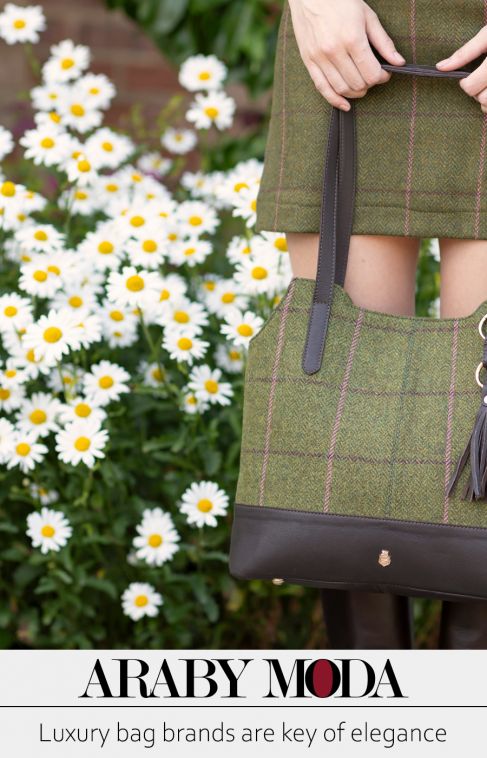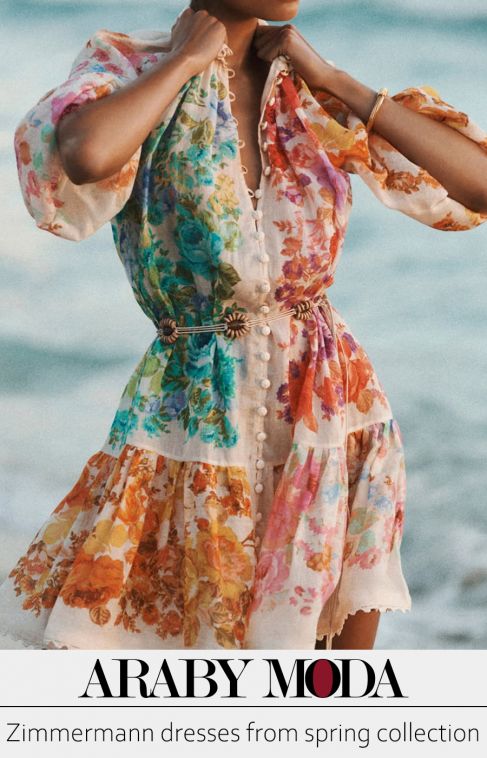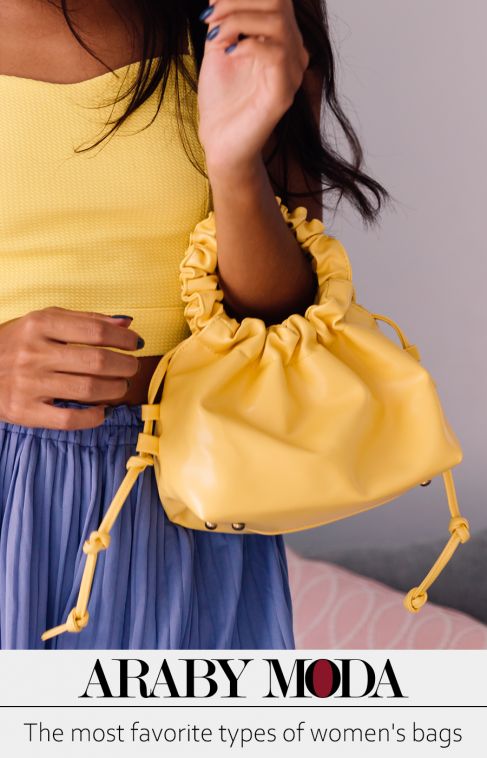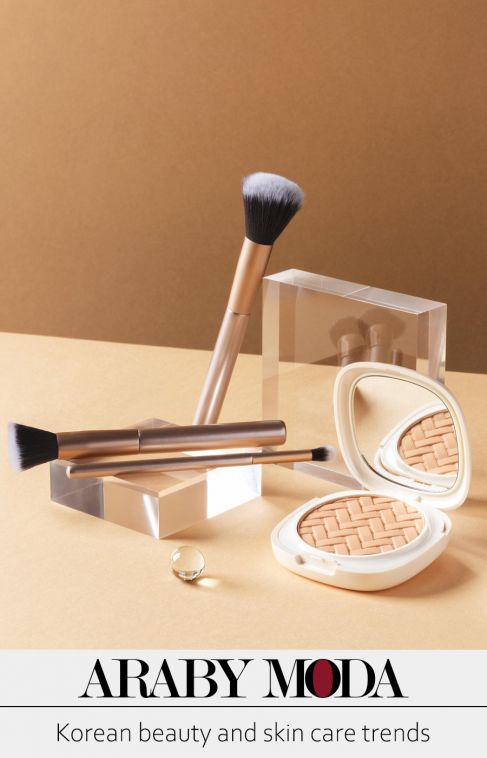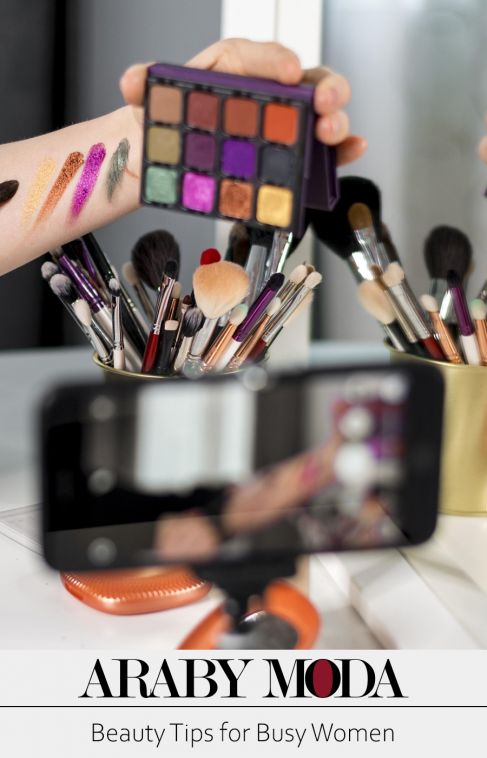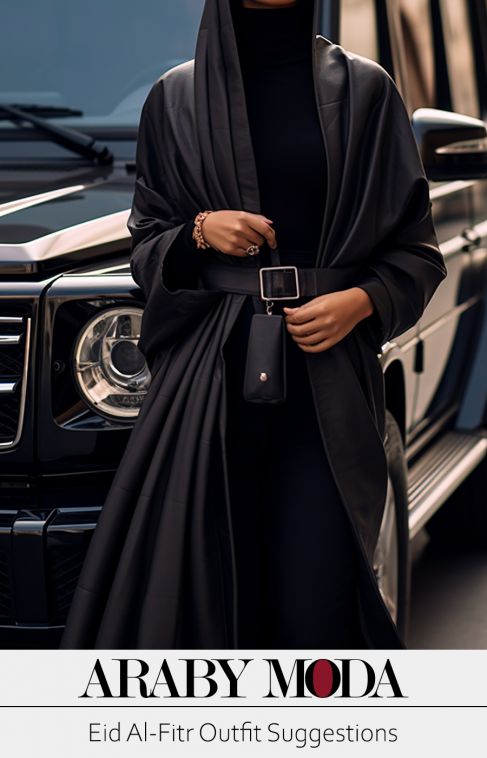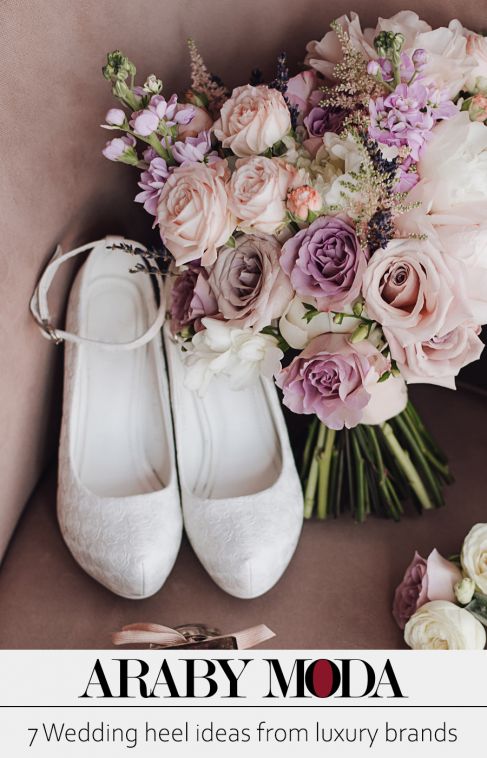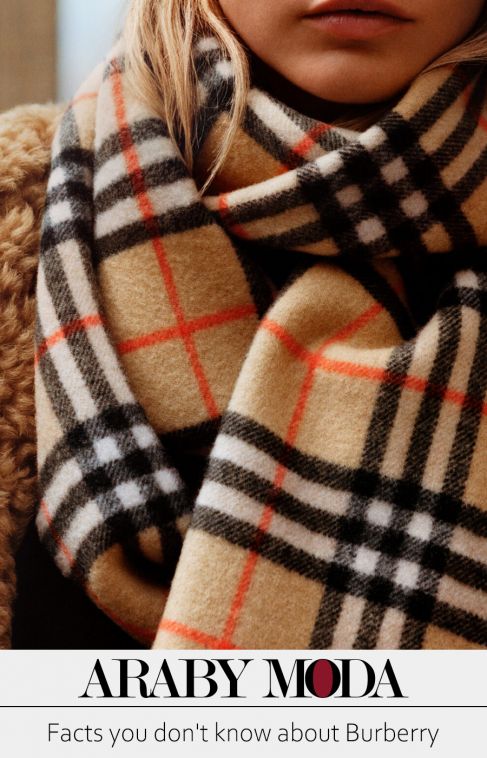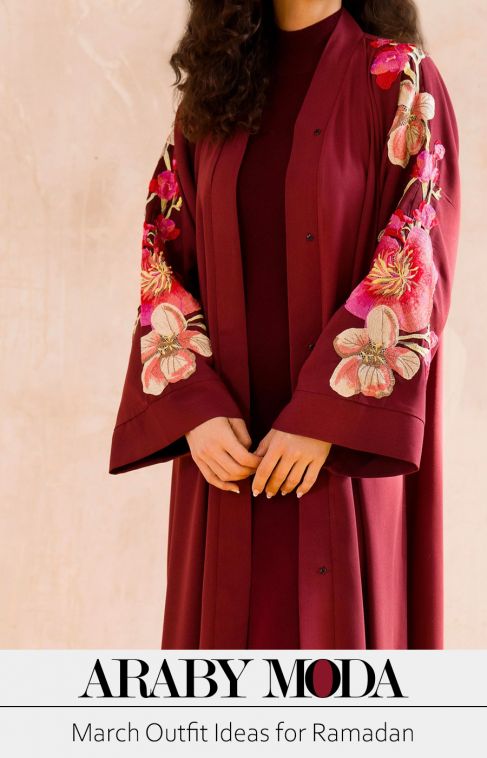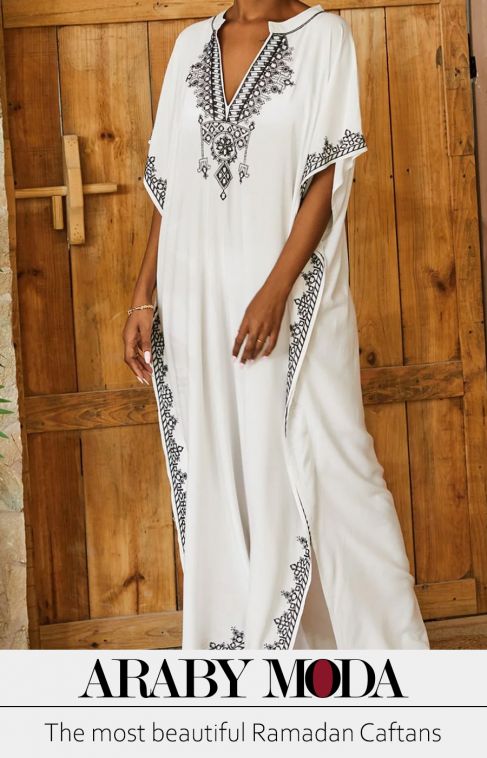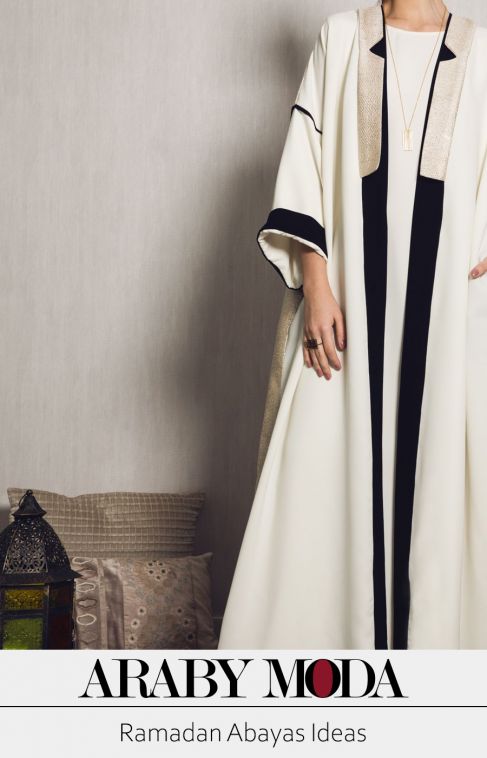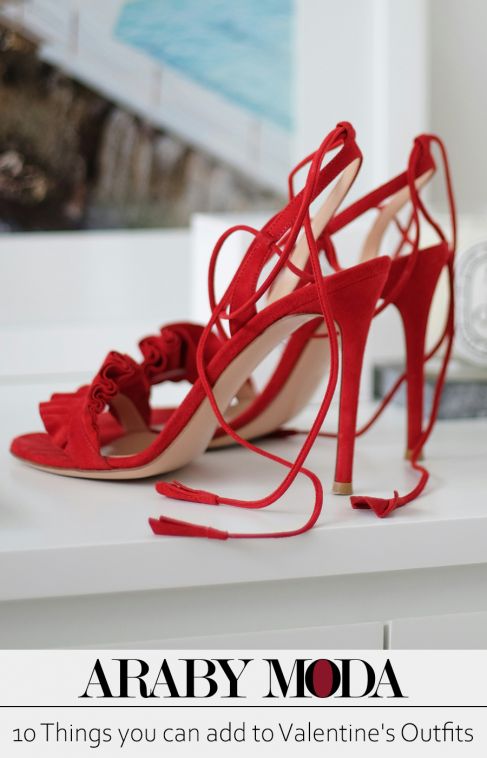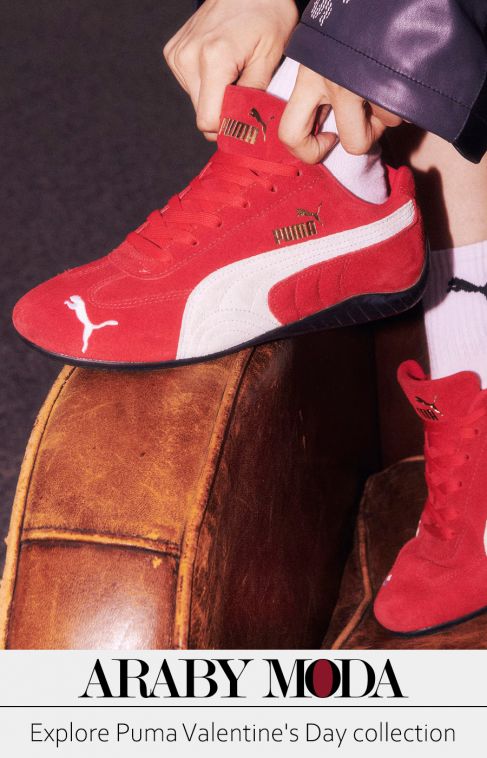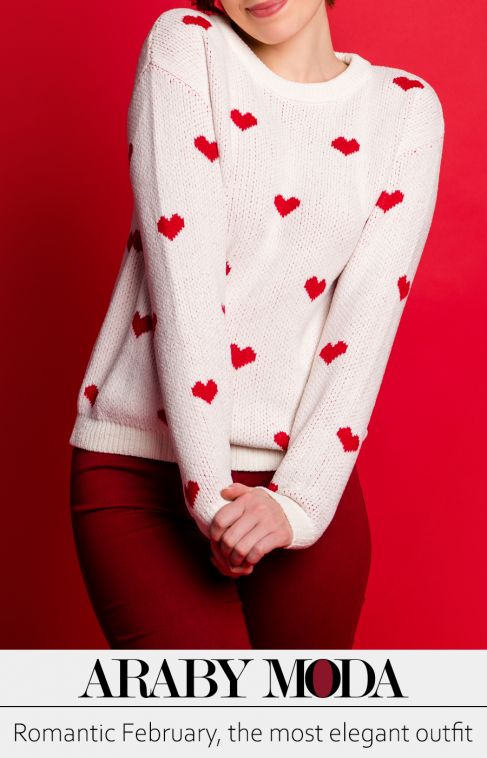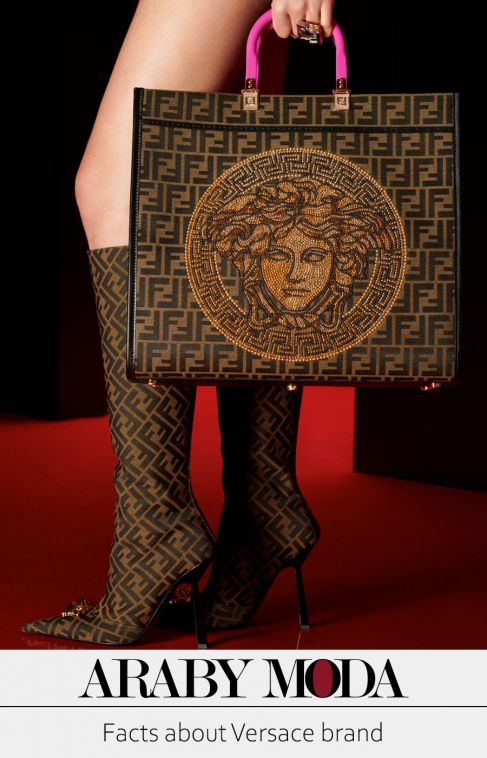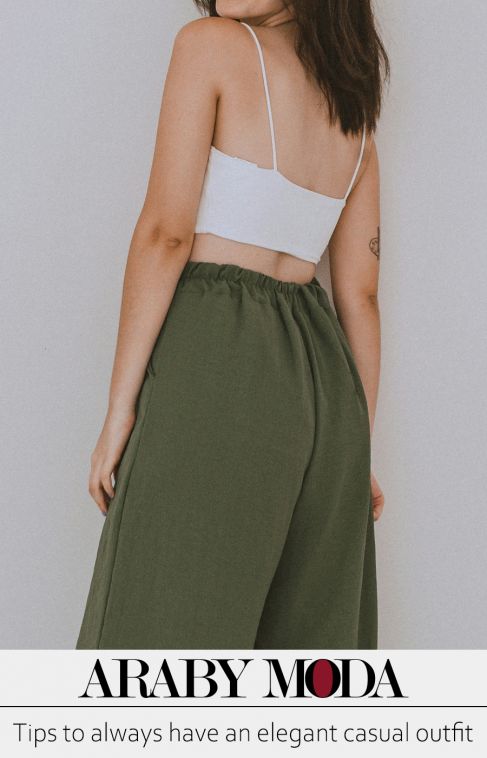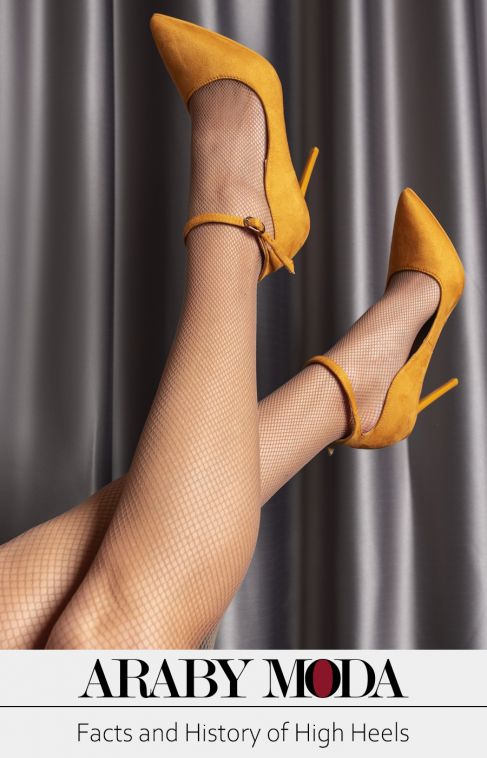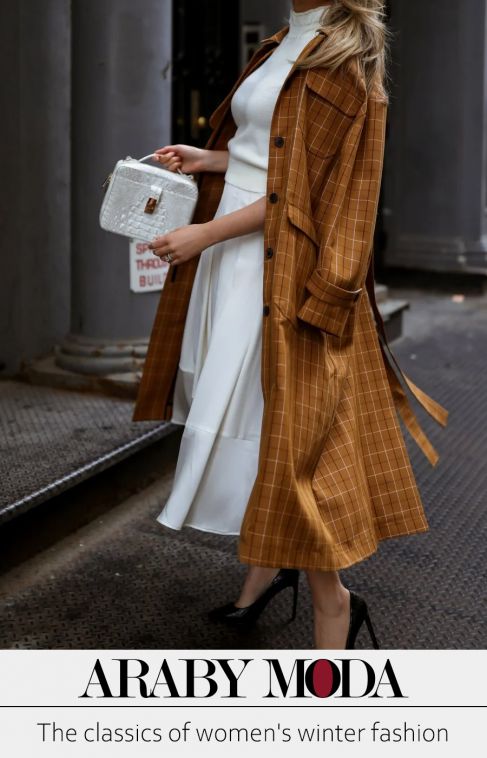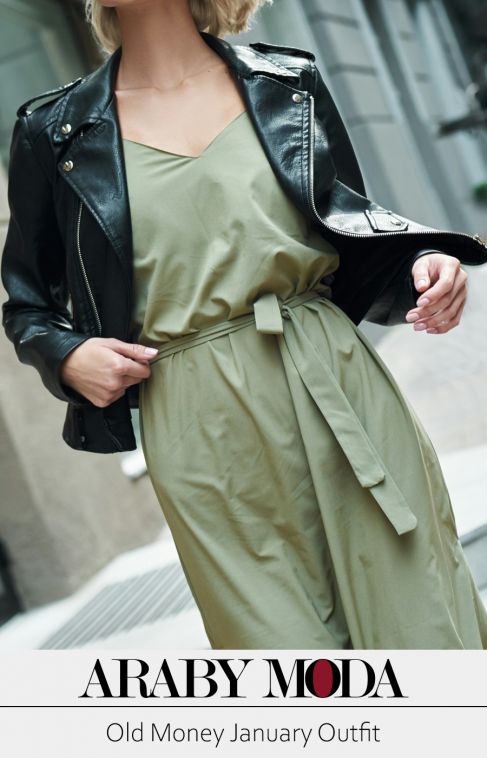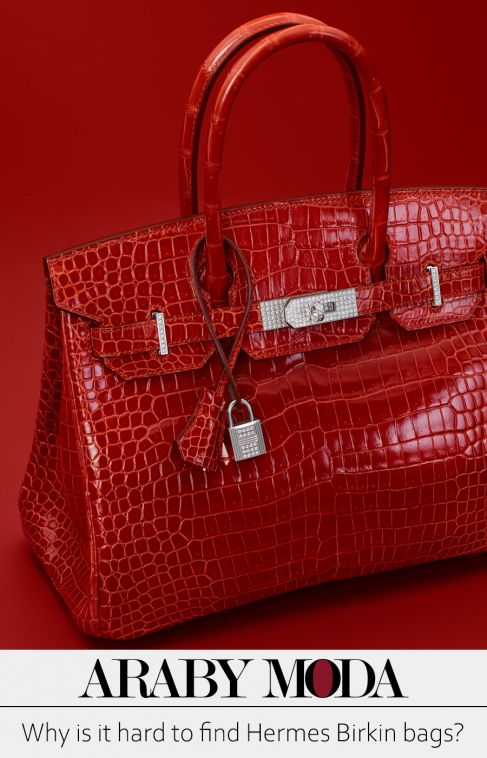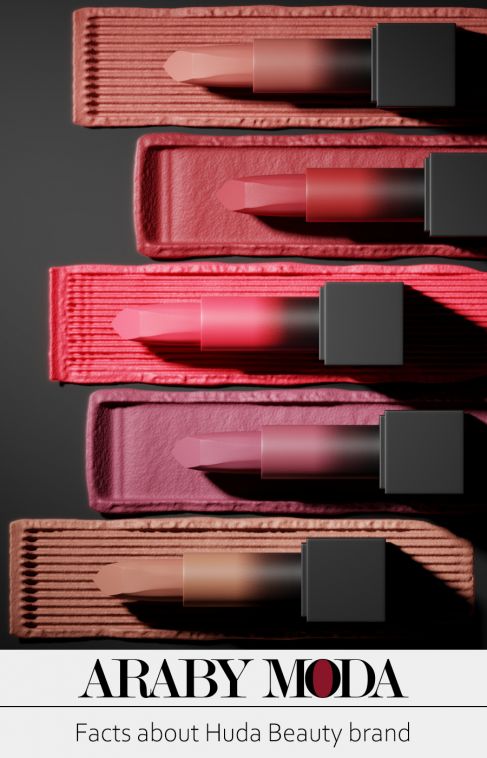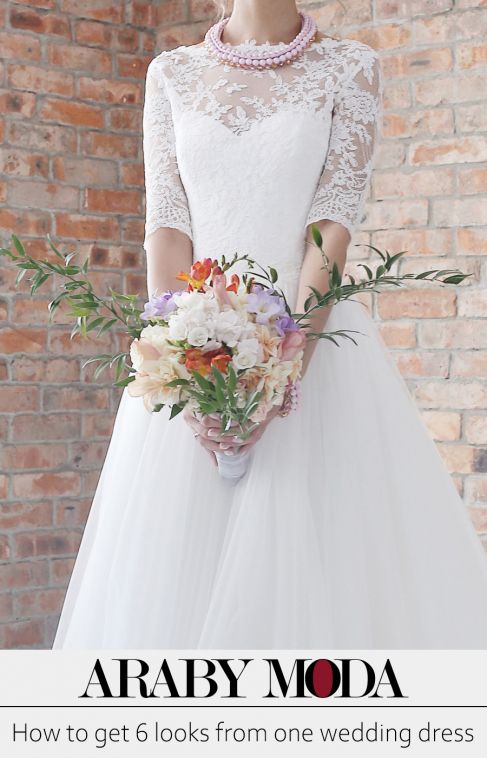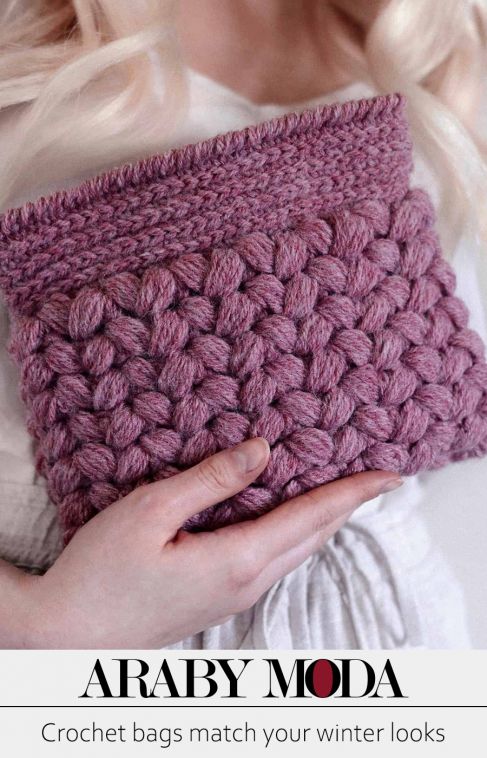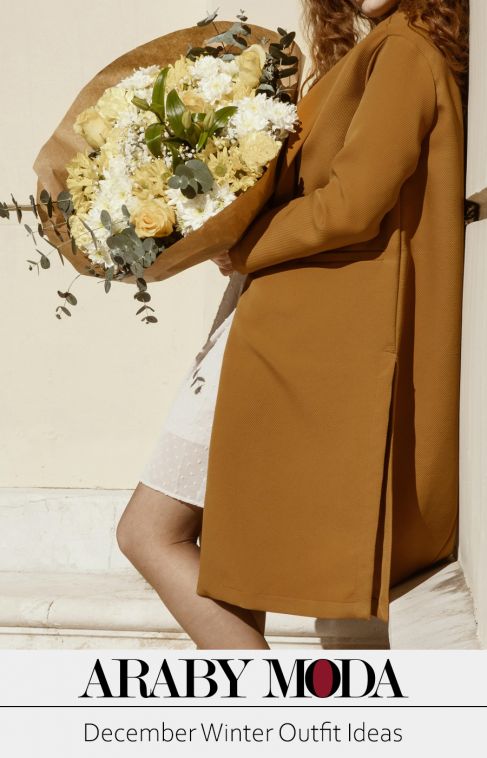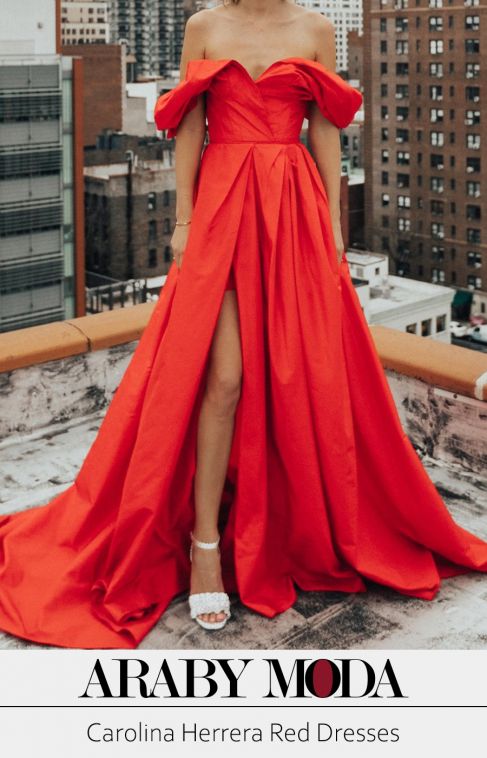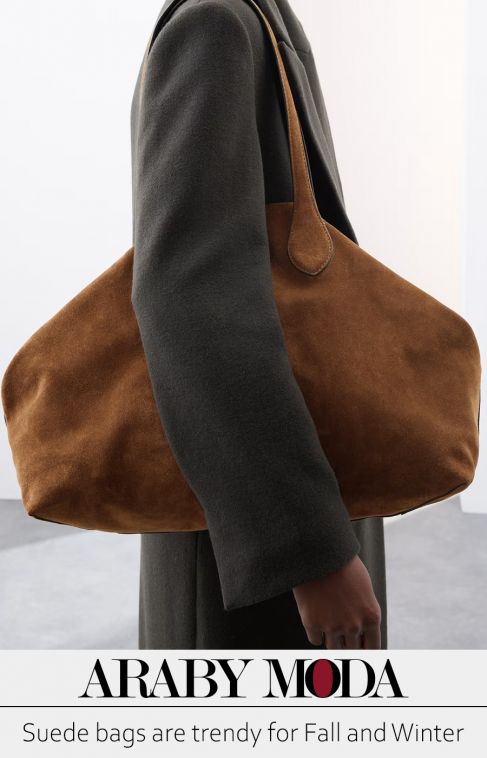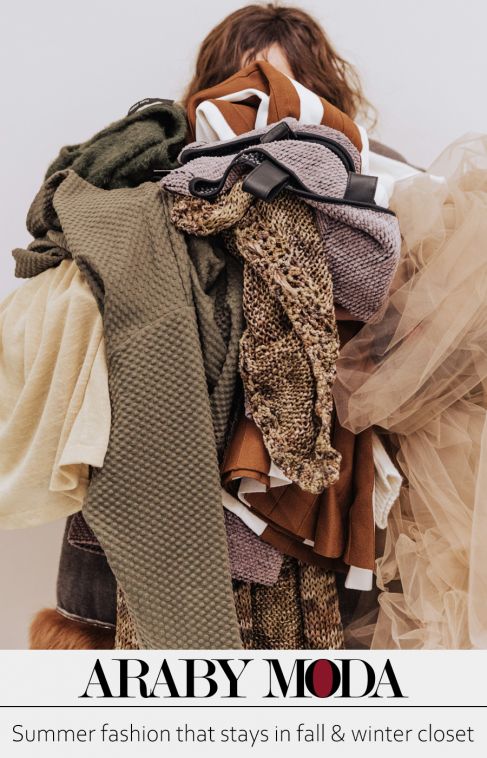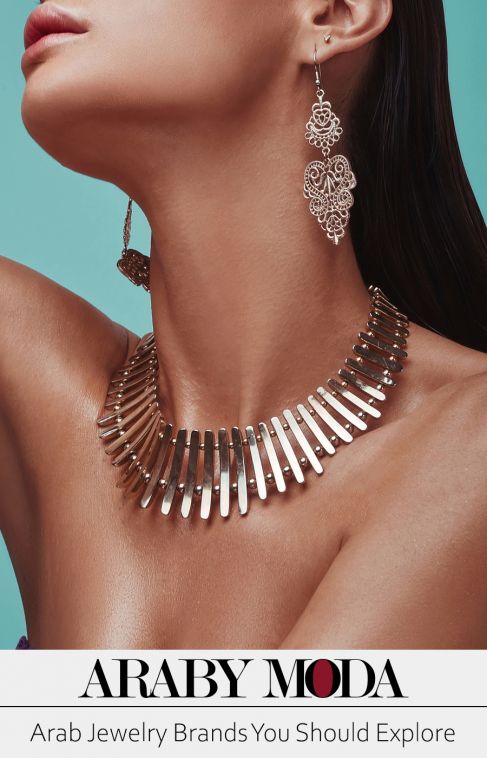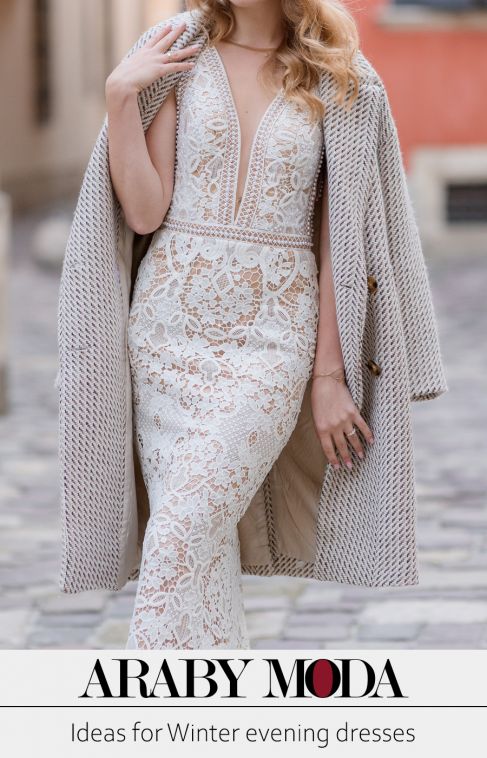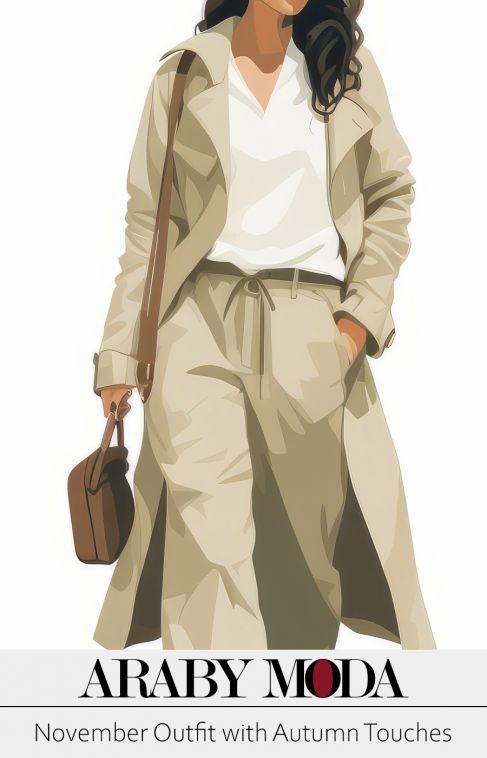Facts and History of High Heels

Despite the popularity of high heels in all fashion shows and their entry into every wardrobe today, high heels have had a long history like all inventions in life, starting from ancient civilizations and filled with many challenges and stations that they have surpassed to what we know today and top the feet of the most famous fashion models in Egypt and the world, so prepare yourself in this article to discover all these facts and wonders that may be the first time you know them.
High heels have a history dating back to ancient Egypt
Have you ever thought, if there was a link between you and the ancient Egyptian civilizations even if you were not of Egyptian origin? A strange idea for sure, but it is a funny fact, especially since what we were talking about was high heels, which began in that civilization 3500 years ago and was exclusive to the nobility, and what is also strange is that they used to wear them in celebrations and lavish occasions just as we do today, but the difference is that it was prevalent among both sexes, as men and women could wear it to express luxury and high social status.
High heels were designed for men before women
Because height is a historical indication of men's power and strength, it is natural to find that the beginning of the spread of high heels was among men looking for what confirms this appearance, especially since it appeared during the wars, to gradually move to kings and then among the aristocratic classes. As for the beginning of the transformation, it was when women tried these shoes to show them that they are the ideal gender by nature to own these high heels because of their ability to give them the desired femininity.
Stiletto name goes back to the Italian dagger
Throughout the previous period, high heels were based on wide wooden pieces in what is known today as the platform, but in the fifties of the last century, an Italian designer invested his creativity and was inspired by the Italian dagger with a pointed heel so that the bottom would rest on it in a feminine way that highlights the beauty of the foot and gives the woman a charming height, to be the beginning of high heel shoes under the name "Stiletto". It should be noted that these shoes were painful and difficult to wear at that time, but they were adopted as a sign of luxury and exclusive to the aristocracy due to limited manufacturing.
Soldiers wore high-heeled shoes in the Middle Ages
We all know the origin of the distinctive cowboy boots and their practical role in the horse riding profession, but have you ever heard that high-heeled shoes had a similar use, especially since they were designed with a short height not exceeding centimeters to be effective in the movement of soldiers and stabilize the feet when riding horses so that they would not fall from the saddle.
High-heeled shoes are an exclusive royal fashion
Charles II, King of England in the seventeenth century, did not know how many heads would literally fly after his first appearance in high heels, especially since this image led to the spread of these shoes among the kings of all Europe, so that after that, everyone who dared to wear them from the common people, was a sign of rebellion against the ruling class, to be shocked by a French decree sentencing to death anyone who would do this act, and thus high-heeled shoes became an exclusive royal fashion.
Hidden high heels under long dresses
Imagine a 20 cm high heel that no one can see, this is exactly what women did in the sixteenth century, after this invention of shoes was called "Chopines", where they could appear taller than other women and emphasize femininity, in addition to the amount of luxurious fabric used in their looks and thus express their extravagant wealth and great luxury, all because of the hidden high heels under the long, huge dresses.
Francois Binet, designer of the high heels we see today
Perhaps you would not be surprised if you knew that the father of the designer of the high heels we know today is of French origin, as Francois Binet was the first to achieve a practical combination between the heel with its elegance and the use of attractive designs such as beautiful roses sewn by hand on each piece. The heel was relatively short and uncomfortable to walk on, but it remains the first model remaining to this day, which we love madly today and accompanies the distinctive luxurious looks.


